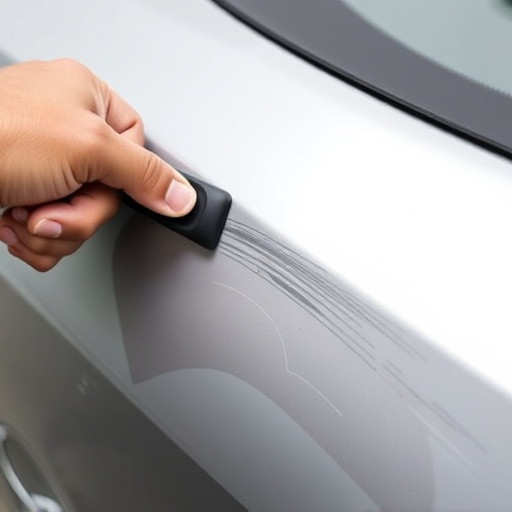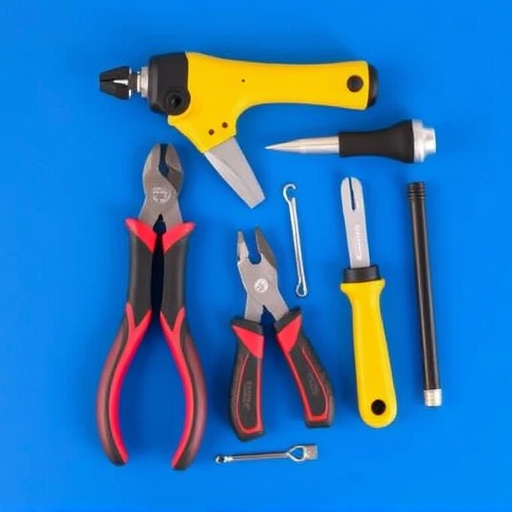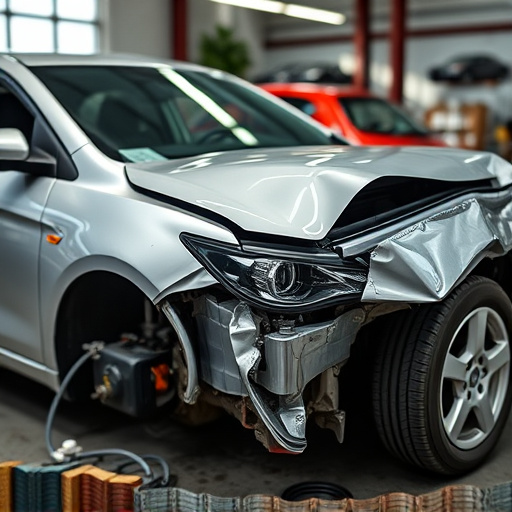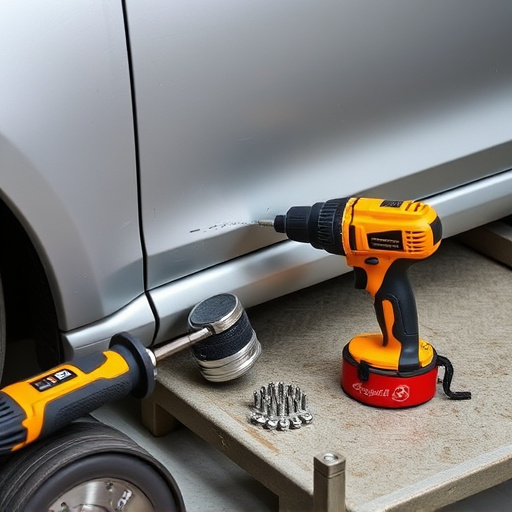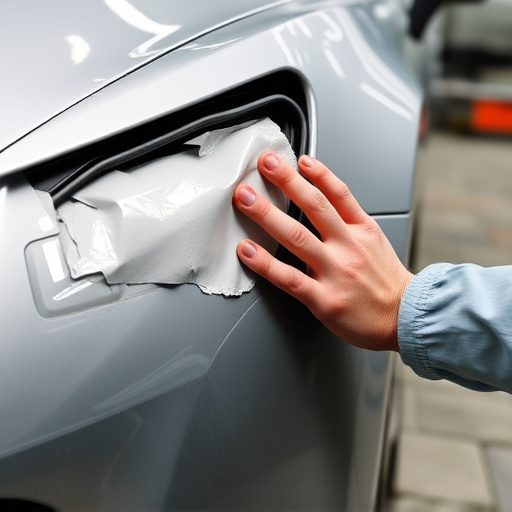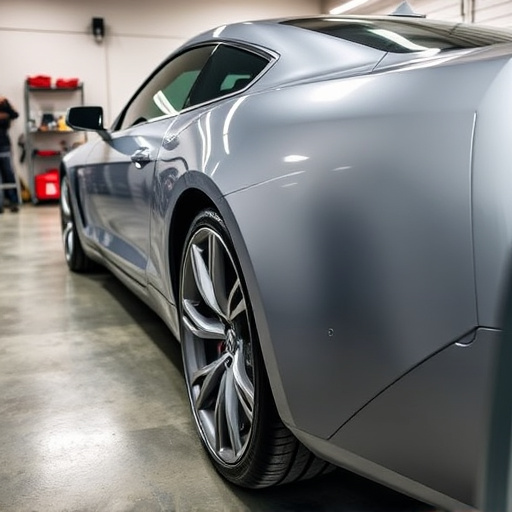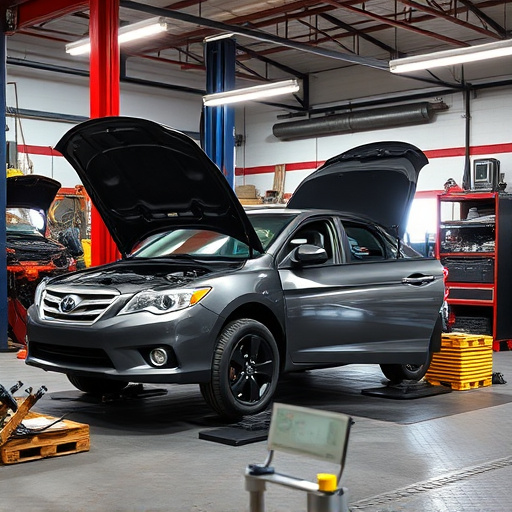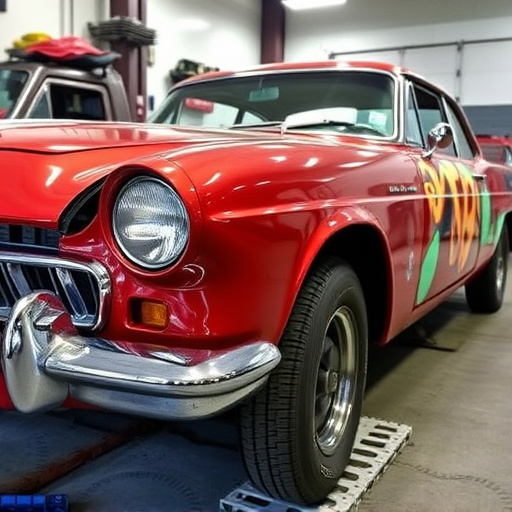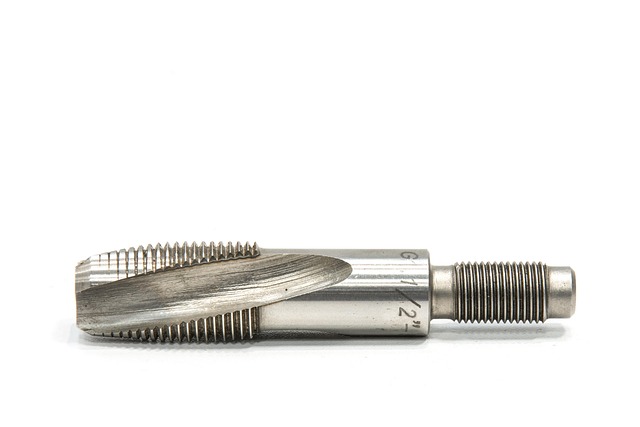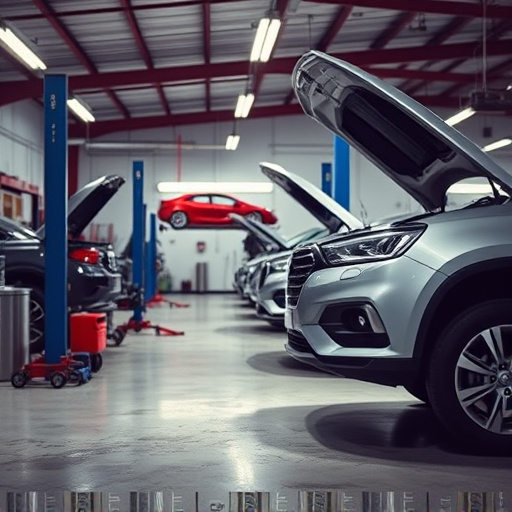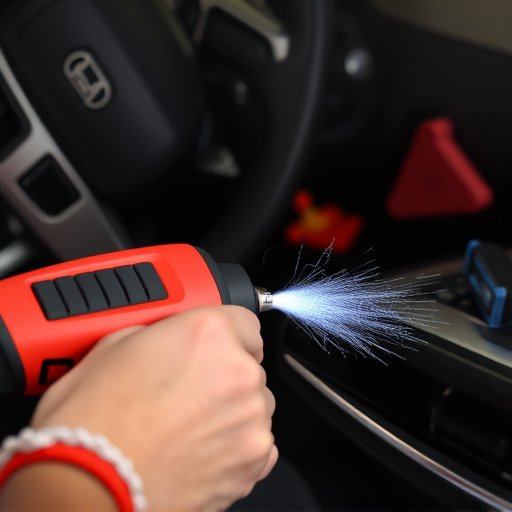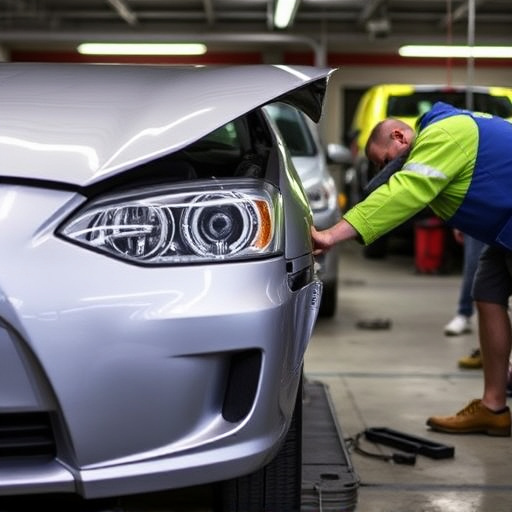Before replacing frame rails, conduct a thorough damage assessment, removing old rails and measuring the damaged area precisely. Use safety gear during cutting and install new rails with meticulous care using appropriate fasteners for structural integrity, avoiding future alignment issues.
Looking to replace your vehicle’s frame rails? This comprehensive guide breaks down the process step-by-step. First, assess any damage and remove the old rails safely. Next, measure and cut new frame rails to precise specifications. Finally, install and securely fasten the new rail assembly for a sturdy replacement. Discover expert tips and techniques for a successful frame rail replacement project.
- Assess Damage and Remove Old Rails
- Measure and Cut New Frame Rails
- Install and Secure New Rail Assembly
Assess Damage and Remove Old Rails
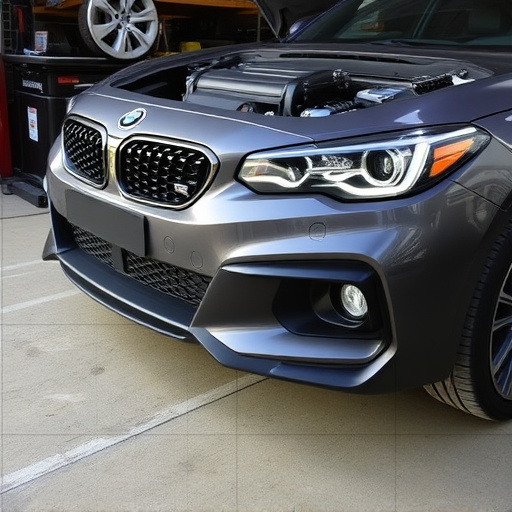
The first step in any frame rail replacement is to thoroughly assess the damage. This involves inspecting the vehicle for signs of structural compromise, such as bent or broken rails, misaligned panels, or uneven gaps. It’s crucial to identify not just visible damage but also potential hidden issues that may have been caused by events like accidents, hail damage repair, or car paint repair.
Once the damage is identified, the old rails must be carefully removed. This process often involves the use of specialized tools and techniques tailored to the specific vehicle make and model. Skilled technicians will demount the affected panels, carefully separating them from the frame to gain access to the damaged rail sections. This step prepares the car for the installation of new frame rails as part of a comprehensive frame rail replacement procedure.
Measure and Cut New Frame Rails
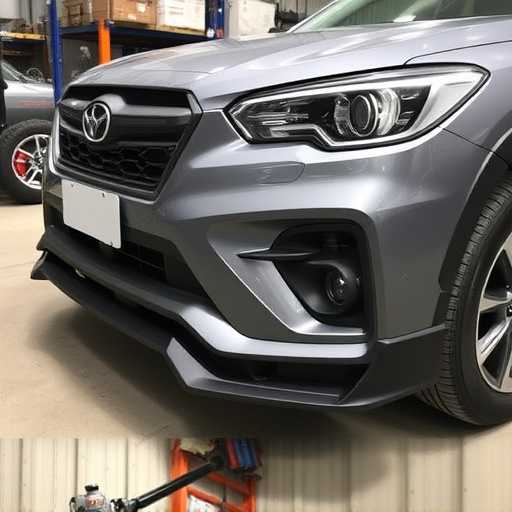
Before replacing frame rails, accurate measurements are crucial to ensure a perfect fit. Start by removing any debris or damage from the existing frame area using safety gear and proper tools. Then, carefully measure the length and width of the damaged section, taking note of any unique curves or angles. These measurements will guide the cutting process for your new frame rails, ensuring they align perfectly during installation.
Cutting the new frame rails requires precision and a sharp blade. Use a metal-cutting saw or a plasma cutter to accurately follow your measurement marks. Ensure the tools are set up correctly and wear protective gear, especially safety glasses and gloves, throughout the cutting process. This step is vital in the frame rail replacement procedure, as it ensures that new rails fit seamlessly into the vehicle’s structure, facilitating successful auto glass repair or frame straightening if needed by a professional vehicle body shop.
Install and Secure New Rail Assembly

After removing the old frame rail, the next step in a successful frame rail replacement is installing and securing the new assembly. This process requires precision and the right tools to ensure structural integrity and long-lasting durability. Start by positioning the new rail accurately, aligning it with the vehicle’s structure using proper alignment tools. Once correctly positioned, secure the new rail with sturdy fasteners such as bolts or rivets, depending on the specific requirements of your auto repair shop.
Before tightening the fasteners fully, double-check the rail’s stability and adjust if necessary. Ensure all components are tightly secured, especially at critical points where the rail bears significant structural load. This meticulous step is crucial in preventing future issues like loose rails or misaligned body panels, common problems that can arise from rushed or poorly executed car bodywork repairs.
Replacing a frame rail is a crucial step in repairing damaged vehicle structures. By following these precise steps, from assessing damage and removing old rails to measuring, cutting, and installing new ones, you can ensure a sturdy and secure fix. This comprehensive guide provides an effective framework (pun intended) for successfully navigating the process of frame rail replacement, catering to both professional mechanics and DIY enthusiasts alike.
